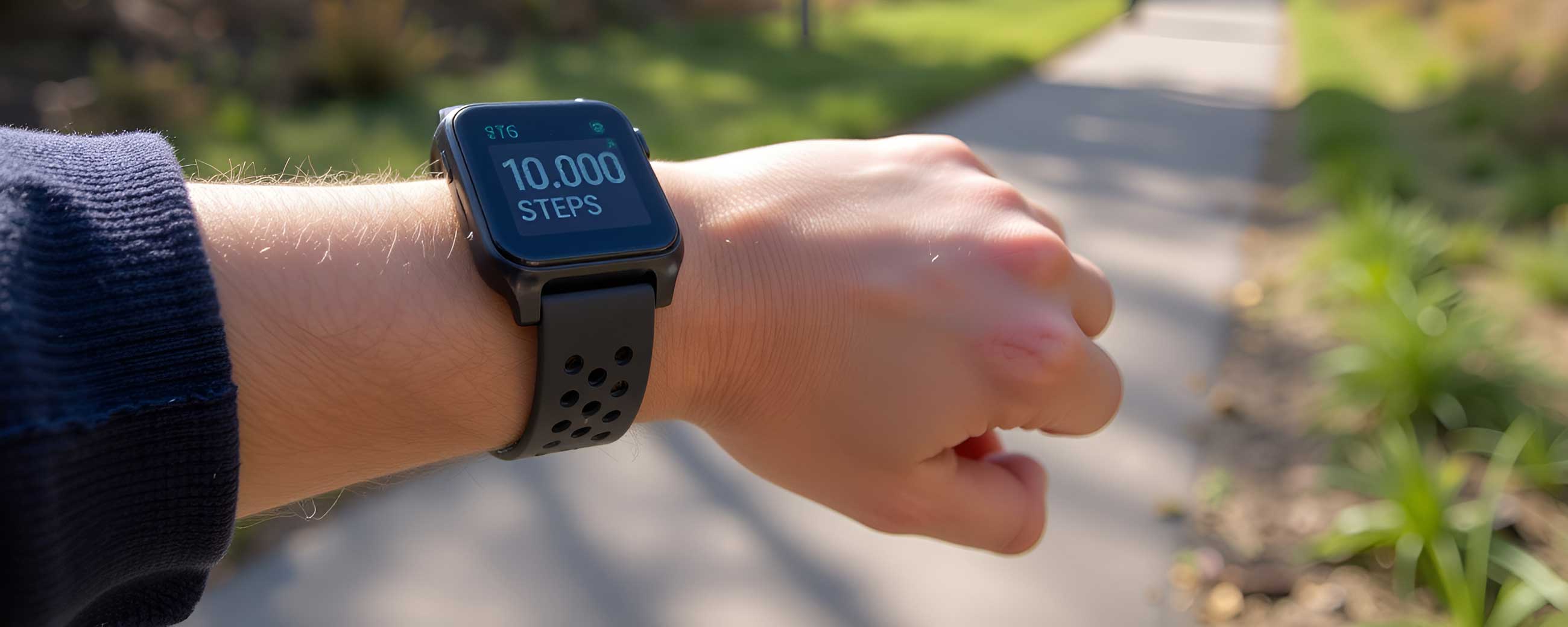
Why 10K Steps?
We've all heard someone say the phrase "I've gotta get my steps in.” Many people use the pedometers on their smartphones and smart watches to see their daily steps, working towards the classic goal of ten thousand steps per day.
It’s always a good idea to move your body, and regular walking is great for cardiac health, stress relief, and more. Over on the official Virta blog, we go into more detail on all of the weight-loss and general health benefits of walking.
But where did this 10,000 step number originally come from? How did we land on it as the ultimate walking goal? Why not nine thousand, or eleven thousand? Why measure steps walked at all, rather than distance covered, or time spent walking?
Well, it's a funny story. The ten thousand steps per day goal begins with a far more intensive fitness event—the Olympics! But that doesn't mean that 10K goal was originally decided upon based on scientific data. Let's have a look at the original"10,000 steps plan," and how it all got started:
The Origins of 10,000 Steps
Back in 1964, Tokyo was set to host the summer Olympics, and people in Japan were getting excited. Looking to take advantage of this Olympic fever, a local company called Yamasa developed an Olympic themed product that they called manpo-kei, or the "10,000-step meter."
Today, manpo-kei would be recognized as a personal pedometer, but in 1964, it was a remarkable new invention. When Yamasa settled on the 10,000 step number, it wasn't based on scientific evidence; it was based on the fact that the Japanese character for 10,000 is 万, which is pronounced “man” and sort of looks like a person walking.
In other words: 10,000 steps as a daily walking goal didn’t originate as a medical recommendation, but was instead just clever marketing. The campaign proved to be a runaway success, though, and the race to a daily 10,000 had begun.
How 10K Steps Went Mainstream
From Jazzercise to the grapefruit diet, there were a lot of strange fitness trends in the 60s that would get you some strange looks if you tried them today. So why has the 10K step trend not just survived and become mainstream in recent years?
Even though 10,000 steps isn't scientifically sound advice, it can be helpful for a lot of people.
Two possible reasons: The first is that, even though 10,000 steps isn't scientific advice, it can be helpful for a lot of people. Most Americans walk between 4,000 to 5,000 steps per day, meaning that trying for 10,000 steps involves getting significantly more active—and that activity can have benefits that include lowering dementia risk and helping increase longevity. Moreover, using a goal based on how many steps you've walked, rather than distance traveled or time spent walking, means that the advice can be suitable for people of different heights, leg lengths, and walking speeds, without any need to adjust.
But the real ubiquity of 10K steps comes from the rise of smartphones and smartwatches, all of which have built-in pedometers like the Manpo-Kei. Because of this, walking 10K steps a day is a goal attainable by anyone. It doesn’t require specialized equipment to reach; it's something you can easily measure every day, making it one of the more accessible fitness goals out there.
Conclusion: Walk Any Amount You Can!
So if the daily goal of 10,000 steps wasn’t originally based on a scientific backing, does that mean it's not a good idea to walk more? Of course it doesn't! Walking is a healthy, typically highly accessible form of exercise that can benefit your physical and mental health. Walking is great!
That said, even a harmless, often helpful fitness fad is no substitution for a more personalized diet and exercise plan. Everybody, and every body, is different, which means that you'll have different health and fitness goals, and different best methods to reach them, than a friend, family member, or Tokyo-based 1960s marketing executive. That's why Virta helps people build personalized plans to reach weight loss and other health goals—with or without a set number of steps per day.
See if you're eligible for Virta here.

This publication is intended for informational purposes only and is not meant to be a substitute for professional medical advice, diagnosis, or treatment. Always seek the advice of your physician or other qualified health provider with any questions you may have regarding a medical condition or any advice relating to your health. View full disclaimer








